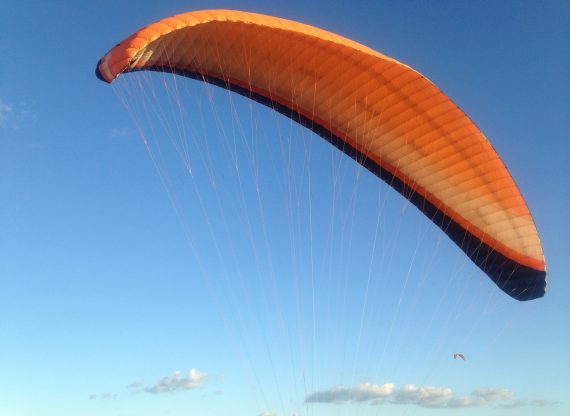An energy-producing kite? It’s possible thanks to private innovation

Article 2 of the “Capitalism: Working for the Environment” Series.
In popular culture, kites are first and foremost toys for kids. Yet with a bit of imagination, and private initiatives to support it, they can be used to produce renewable energy.
According to The Wall Street Journal, SkySails, a German company, designs kites that create energy by flying at an altitude of 400 metres. As the kite climbs into the air, it unrolls a tether connected to a winch that converts the force on the tether into electricity via a generator. Similarly, Airseas, a French company, has created Seawing, a 1,000 m2 kite that attaches to a ship’s bow and pulls it along using wind power.
According to Stephan Wrage, Managing Director and Founder of SkySails, “High-altitude wind is the largest untapped energy resource on Earth.” Their largest kites, almost 180 m2 in size and producing around 200 kilowatts, were designed to replace diesel generators on remote islands and in villages not connected to continental grids. Prototypes have already been installed on the island nation of Mauritius.
In the case of Seawing, the company’s goal is to use innovative wind technologies to assist in the maritime energy transition.
These two companies thus use comparable technologies to harness the power of the wind. In both cases, they are trying to market these projects, and only time will tell if their efforts bear fruit. In any case, we can see that know-how and innovation can give rise to spectacular ideas and results. This kind of initiative can only arise in a system that allows greater economic freedom. The logic of such a system is completely opposed to the bureaucratic kind of system that would make the appearance of such prototypes more difficult.
Download the PDF version of this article.
This series shows and explains how economic freedom and the resulting entrepreneurial innovation helps protect the environment.
Michel Kelly-Gagnon is President and CEO of the MEI. The views reflected in this opinion piece are his own.

